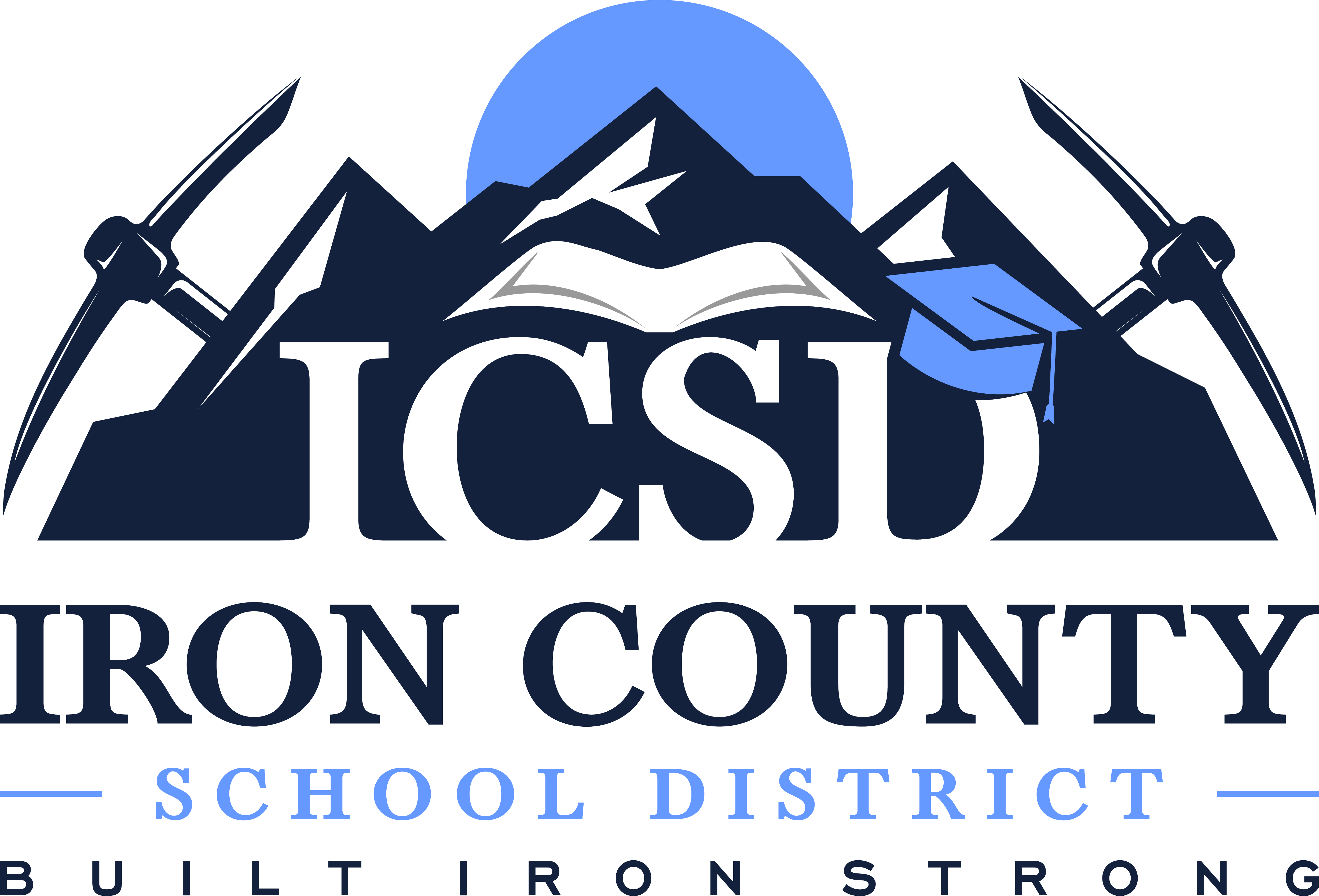Elementary Curriculum
Elementary Language Arts
Literacy, as defined by the Utah State Office of Education, is “…to enable all students to become proficient in the area of literacy for the purposes of reaching their individual potential and becoming successful citizens in today’s world.” In Iron County School District, we support this statement. Beginning in the primary grades, critical reading skills are addressed through research-based instructions and practices, a systematic and explicit sequence of instruction, and the use of a variety of genre. Our aim is to develop a deeper understanding and appreciation of the powerful impact of the written word.
Science with Engineering and STEM
The goal of science education in the Iron County School District is to help our students know and understand the value of scientific thinking which will help them make informed decisions now and in the future. The standards are founded on what science is, how science is learned, and the multiple dimensions of scientific work.
Social Studies
Social studies is “the integrated study of the social sciences and humanities to promote civic competence.” For students to become fully empowered participants in democracy, attention must be paid to this “civic competence.” The social studies, including history, geography, economics, political science, sociology, psychology, anthropology, are central to the mission of public schools.
Physical Education and Health
The health education curriculum in Iron County School District follows the Utah State standards.
Health and physical education builds students’ knowledge, skills, and positive attitudes about health and safe physical activity and motivates students to improve and maintain their health.
Mathematics
Iron County School District uses the Utah Core Standards to provide clear expectations regarding student learning and to guide the content and skills that every student needs to be college and career ready. Utah has two sets of Standards for Mathematics: The Standards for Mathematical Practice and the Standards for Mathematical Content. These math standards inform teachers what students will achieve at each grade-level. While the content and depth varies from grade to grade, the math practices are the same across grade levels. They include:
Make sense of problems and persevere in solving them
Reason abstractly and quantitatively
Construct viable arguments and critique the reasoning of others
Model with mathematics
Use appropriate tools strategically
Attend to precision
Look for and make use of structure
Look for and express regularity in repeated reasoning
Computer Science
Utah adopted computer science standards for the first time in 2019 for grades K-5 with the intent of communicating the value of computer science and engaging students at the elementary level.
Fine Arts
“Creativity is now as important in education as literacy”- Sir Ken Robinson
Education of the whole child is essential to prepare that child for the future. The fine arts are an important part of education that helps develop the Iron Essential Eight Skills. Involvement in the arts nurtures 21st century skills such as creativity, self-discipline, problem solving skills, collaboration, appropriate risk-taking, self-confidence, and aesthetic awareness. Study after study shows that students involved in the arts do better in school and have more success later in life.
Many elementary schools are also involved in the Beverley Taylor Sorenson Arts Learning Program. These schools have a highly qualified fine art teacher (theatre, dance, or visual art) that the students receive weekly lessons from. These BTSALP specialists collaborate with the core teachers and use their art form to teach a math, science, social studies, or literacy objective.
